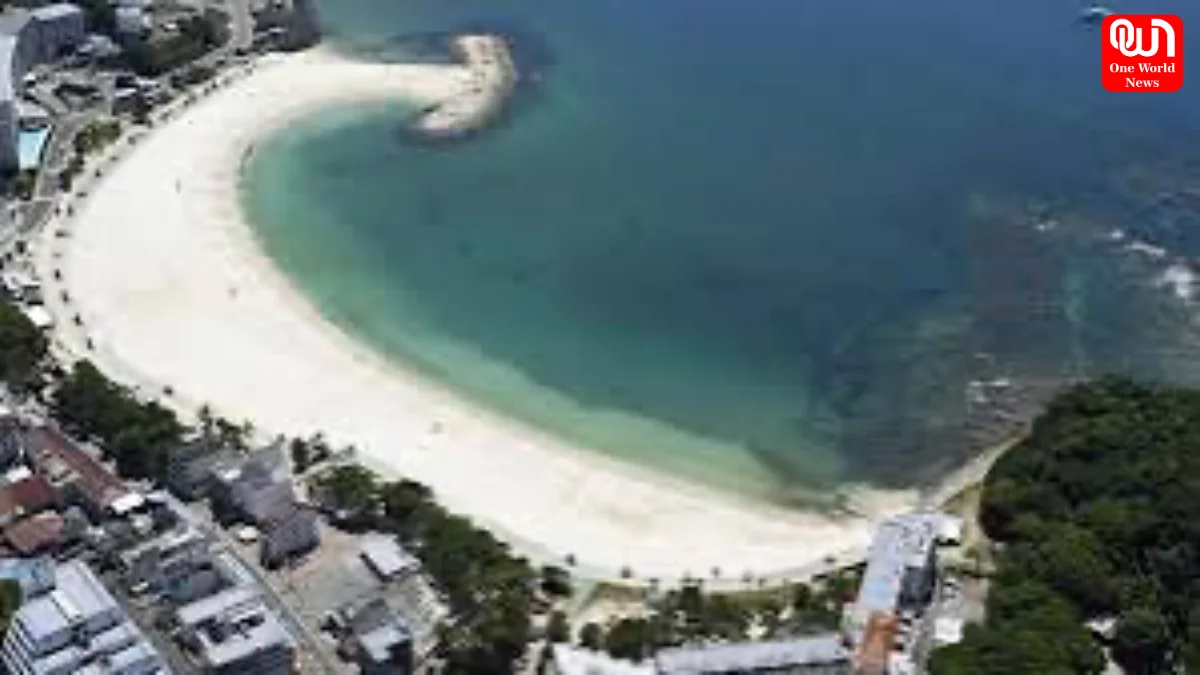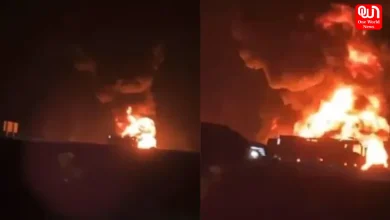Japan Tsunami Warning – 50cm Waves Hit, 9 Lakh Evacuate Coast.
Japan on edge: 50 CM waves cause mass-evacuation along pacific coast
Tsunami Warning: 50 CM Waves Strike Japan, 9 Lakh Evacuated
Japan on edge: 50 CM waves cause mass-evacuation along pacific coast
TOKYO, Japan-Japanese coastal cities have been placed on high alert after a strong 8.7 magnitude earthquake occurred off the coast of Russia in the Kamchatka peninsula, which had resulted in tsunami warnings being issued throughout the Pacific and evacuation of more than 900,000 people in Japan. Though the waves have so far been relatively small, at around 50 centimeters in part of the area, police authorities are being caution anyone to get too close to the coastal areas, as possible bigger and more dangerous waves may be behind the first.
The highly advanced tsunami warning system in Japan was activated as soon as this devastating earthquake that hit local time early Wednesday morning. The Japan Meteorological Agency (JMA) promptly provided a tsunami warning along an immense swath of the Pacific shores, all the way north to Hokkaido, and down the west coast to Wakayama Prefecture and across to the Ogasawara Islands. The advisory expected waves of maximum 3 meters, though the actual observed wave was less than that with 50 cm being recorded at Ishinomaki Port in Miyagi Prefecture and 40 cm recorded in Oarai, Ibaraki Prefecture.
This was met by issuance of mass evacuations around the coastal municipalities in 133 areas around the country. Warnings were soon issued on public broadcaster NHK and other media, advising people to go to higher ground or buildings linked to the evacuation scheme as soon as possible. In the television footage, factory workers and locals in northern Hokkaido, were seen migrating to hills that could provide a view of the sea.
It is also true that the severe tsunami preparedness measures in Japan are as a direct consequence of the Great East Japan Earthquake and Tsunami of 2011. Since then the country has invested in making warning systems far advanced, strengthening the coastal infrastructure, and training people to act fast through major education programs on the outlook. Inhabitants are repeatedly warned about the idea of the tsunami Tendenko policy – that they should feel the danger and take action in response to it autonomously, and run as high as possible, at any cost, even at the cost of leaving relatives behind at first.
Tsunami waves may be small but can usually cause transportation impacts, while also posing a threat to potential coastal areas for transportation. In response to tsunami warnings, ferry services were temporarily suspended between Hokkaido and Aomori, as well as ferry services to some nearby islands from Tokyo. Sendai Airport briefly shut its runway operations, while some local trains were temporarily stopped, canceled, or delayed.
Fortunately, there were no abnormal situations at any of Japan’s nuclear power plants, including the Fukushima Daiichi plant. Power company officials, including Tokyo Electric Power Company Holdings (TEPCO), reported that Fukushima plant workers had all promptly being relocated to safety on higher ground as they continuously monitored the nearby tsunami warning from off-site.
read more: Sydney Sweeney goes jet skiing with hunky mystery man
At this time, there have been no reported injuries, and no fatalities are known. No serious damages have been reported. Currently, the tsunami warning persists for the government, and this means that government officials continued to urge or indicate that tsunamis can come back a long time over and over again. Public officials indicated that if anyone was near any coastal area, then all coastal and riverside areas should should be avoided until the warning is lifted, indicating the Japanese commitment to public safety in the event of a disaster of the raging waves of nature.
We’re now on WhatsApp. Click to join.
Like this post?
Register at One World News to never miss out on videos, celeb interviews, and best reads.








